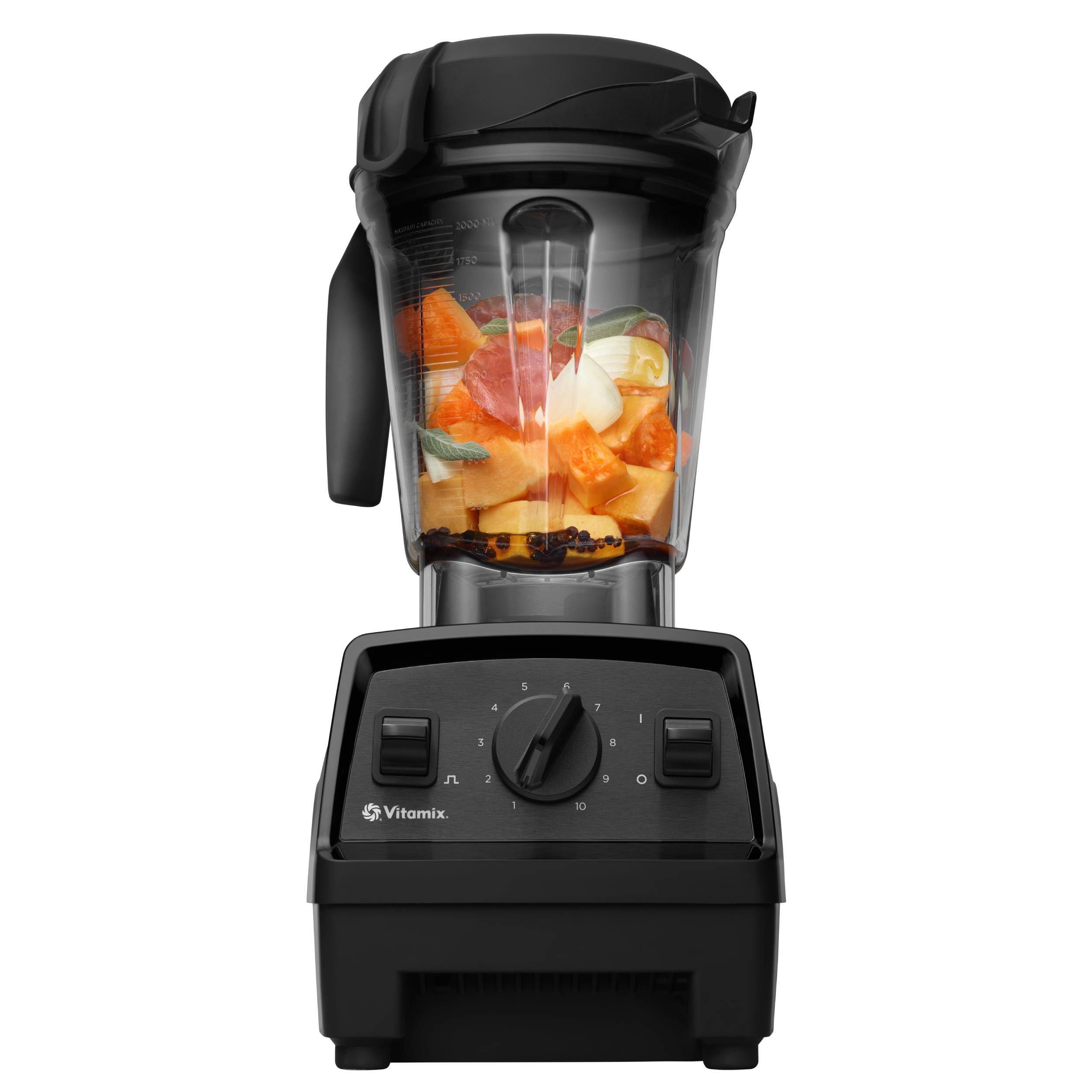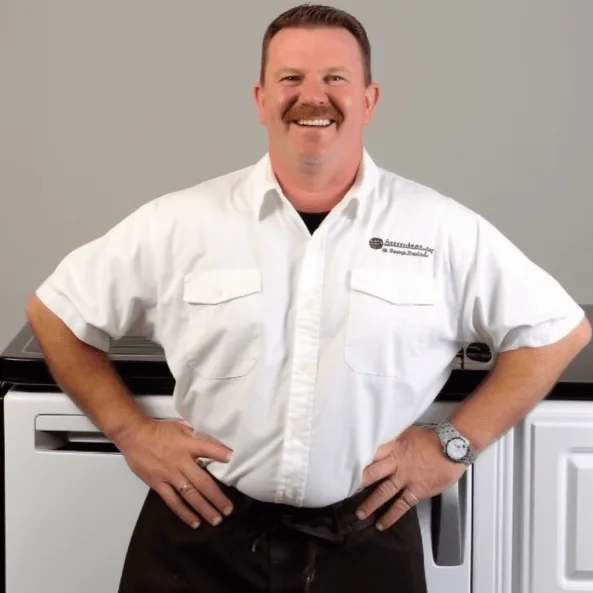Is your LG ice maker and freezer giving you trouble? You’re not alone. Many people face the frustration of finding their ice maker not producing ice or their freezer not keeping things cold. It can feel like a minor disaster when your favorite frozen treats are at risk.
Key Takeaways
- Common Issues: LG ice makers often malfunction due to clogged filters, frozen water lines, incorrect temperature settings, or faulty units, while freezers may struggle with blocked vents, dirty condenser coils, thermostat failures, or door seal issues.
- Troubleshooting Steps: Basic checks include confirming power supply, inspecting water lines for kinks or blockages, and ensuring the water valve is fully open to resolve issues with ice production or cooling.
- Resetting the Ice Maker: Resetting the ice maker can fix functionality problems; locate the reset button and hold it down for about 10 seconds, then monitor for any changes.
- Component Replacement: Address persistent issues by replacing faulty parts such as the water filter, water inlet valve, thermostat, or ice maker assembly, following the user manual for guidance.
- Regular Maintenance: To ensure optimal performance, regularly clean the ice maker and freezer, dust the condenser coils, inspect door seals, and maintain proper temperatures.
- Preventive Practices: Limit door openings, monitor surrounding conditions, and adjust ice maker settings based on need to enhance efficiency and prolong appliance life.
Common Issues With LG Ice Maker And Freezer
Many LG ice maker and freezer users encounter malfunctions that affect their performance. Here’s a look at some of the most common issues.
Ice Maker Malfunctions
Ice makers may stop producing ice for several reasons. The most common culprits include:





- Clogged Water Filter: A blocked water filter reduces water flow. Check and replace the filter every six months for best performance.
- Frozen Water Supply Line: Inspect the water line for kinks or ice blockage. If frozen, thaw the line with a gentle heat source like a hairdryer.
- Temperature Settings: Ensure the ice maker is set to the appropriate temperature, typically between 0°F and 5°F. Adjust if needed.
- Faulty Ice Maker Unit: If none of the above solutions work, the ice maker unit itself may be defective. Consider professional repair or replacement.
Freezer Not Cooling Properly
If your freezer isn’t cooling adequately, check these common issues:
- Blocked Vents: Ensure that air vents inside the freezer are clear. Organizing food properly allows for better air circulation.
- Dirty Condenser Coils: Dusty or dirty condenser coils hinder cooling. Clean the coils every six months using a vacuum or coil brush.
- Faulty Thermostat: A malfunctioning thermostat may not regulate temperature correctly. Test the thermostat and replace it if necessary.
- Door Seal Issues: Inspect the door gasket for cracks or tears. A damaged seal lets warm air in. Replace the gasket to ensure the door closes properly.
Addressing these issues can lead to better performance from your LG ice maker and freezer. Regular maintenance and timely repairs enhance efficiency and prolong the life of your appliances.
Troubleshooting Steps
Follow these troubleshooting steps to resolve issues with your LG ice maker and freezer. Clear and methodical checks can help identify and fix the problem quickly.
Checking Power Supply
- Confirm Power Connection: Ensure that the power cord is plugged securely into a functioning outlet. Try another outlet if you’re unsure.
- Examine Circuit Breaker: Check your home’s circuit breaker for tripped switches. If you find one, reset it and monitor if the ice maker or freezer starts working again.
- Test Outlet: Use a small appliance, such as a lamp, to test if the outlet is supplying electricity. If the outlet is dead, consider consulting an electrician.
- Locate the Water Line: Identify the water supply line that connects to the back of your refrigerator.
- Check for Kinks: Inspect the water line for any kinks or bends that could restrict water flow. Adjust or replace if necessary.
- Inspect for Blockages: Look for clogs in the line. You might need to disconnect it and run water through to ensure it’s clear.
- Verify Water Supply: Confirm that the water valve supplying the refrigerator is fully open. If it’s closed or partially closed, turn it to the open position.
Following these steps can help diagnose and potentially fix issues with your LG ice maker and freezer.
Solutions For Common Problems
You can resolve common issues with your LG ice maker and freezer through systematic troubleshooting. Here are some effective solutions for typical problems.





Resetting The Ice Maker
Resetting the ice maker can resolve many issues. Follow these steps to reset your LG ice maker:
- Locate the reset button, usually found on the bottom of the ice maker unit.
- Press and hold the reset button for about 10 seconds until you hear a click.
- Release the button. Wait for the ice maker to cycle and refill with water.
If the ice maker doesn’t function after a reset, check the water supply and inspect for blockages.
Replacing Faulty Components
Sometimes, replacing faulty components is necessary for proper operation. Here’s how to identify and replace common parts:
- Water Filter: If ice production is low, check the water filter. Replace it every 6 months or when ice production diminishes.
- Water Valve: If there’s no water flow, examine the water inlet valve. Test it with a multimeter; if it shows no continuity, replacement is needed.
- Thermostat: For cooling issues, confirm the thermostat’s functionality. If the thermostat fails to maintain the correct temperature, replace it.
- Ice Maker Assembly: If you notice that the ice maker doesn’t produce ice even after checking other components, the entire ice maker assembly may need replacement.
Refer to your user manual for specific parts and installation instructions. Following these steps can significantly improve performance and extend the lifespan of your LG appliances.
Maintenance Tips For LG Ice Maker And Freezer
Maintaining your LG ice maker and freezer can significantly enhance their performance and lifespan. Implementing some straightforward practices can prevent common issues.





Regular Cleaning Practices
- Clean the Ice Maker: Wipe down the ice maker with a soft cloth and a mild detergent every few months. This helps remove any residue or buildup that could affect ice production.
- Wash the Freezer Interior: Use a solution of warm water and baking soda to clean the inside of the freezer. Doing this prevents odors and eliminates spills that may cause malfunctions.
- Dust the Condenser Coils: Check the condenser coils located at the back or bottom of your freezer. Use a vacuum or a soft brush to remove dust and debris at least once a year. This keeps the unit running efficiently.
- Inspect the Door Seals: Regularly check the rubber door seals for tears or buildup. Clean them with warm, soapy water. Effective seals prevent cold air from escaping and ice from melting.
- Set the Right Temperature: Ensure your freezer is set to 0°F (-18°C) for optimal performance. An accurate temperature allows the freezer and ice maker to function efficiently.
- Avoid Frequent Opening: Limit the number of times you open the freezer door. Frequent temperature fluctuations can hinder performance, affecting the ice maker’s ability to produce ice.
- Use the Correct Ice Maker Settings: Depending on your model, set the ice maker to the appropriate production level. High production can strain the unit if it isn’t necessary, while low production settings may not supply enough ice.
- Monitor Surrounding Temperatures: Keep the freezer in a well-ventilated area, away from direct sunlight and heat sources. Such placements help maintain temperature consistency and efficiency.
Implementing these maintenance tips ensures your LG ice maker and freezer operate smoothly and reliably.
Conclusion
Dealing with an LG ice maker or freezer that’s not working can be frustrating but you don’t have to feel overwhelmed. By following the troubleshooting steps outlined in the article you can often identify and resolve common issues.
Regular maintenance is key to keeping your appliances running smoothly. Simple practices like cleaning the condenser coils and checking door seals can make a big difference. Remember to set your freezer to the optimal temperature and monitor its performance regularly.
With a little patience and attention you can enjoy the convenience of your LG appliances for years to come.
Frequently Asked Questions
What should I do if my LG ice maker is not producing ice?
Check the water supply for any blockages or kinks in the line. Ensure the water valve is fully open and examine the ice maker’s reset button. If problems persist, inspect the water filter, as a clogged filter can prevent proper ice production. Refer to your user manual for specific troubleshooting steps tailored to your model.
How can I fix a freezer that isn’t cooling properly?
First, check the power supply and ensure the freezer is plugged in. Examine the thermostat settings and look for blocked vents or dirty condenser coils. Inspect door seals for damage and make sure they’re clean. If issues continue, consider consulting a technician for further inspection of internal components.
What maintenance tips can improve my LG ice maker’s performance?
Regular cleaning is essential. Wipe down the ice maker and clean the freezer’s interior with a baking soda solution. Dust the condenser coils annually and inspect door seals for wear. Set the freezer temperature to 0°F (-18°C) and limit door openings to maintain efficiency and performance.
How often should I replace the water filter in my LG ice maker?
It’s best to replace the water filter every six months for optimal performance. If you notice a decline in ice production or strange tastes in ice, consider changing the filter sooner. Always refer to your user manual for specific recommendations regarding filter replacement.
Can a frozen water supply line cause ice maker issues?
Yes, a frozen water supply line can block water flow to the ice maker, leading to insufficient ice production. To resolve this, locate the frozen section of the line and thaw it using a towel soaked in warm water. Once thawed, check for any further blockages to prevent recurrence.

Hey, I’m Jake. I focus on cooling systems at Appliance Mastery, like fridges, freezers, and air conditioners.
I’ve worked in appliance repair for more than ten years and I’m certified through NASTeC. I’ve seen just about every fridge issue you can imagine.
My goal is to help you fix problems without stress. Whether it’s a freezer that won’t cool or an AC that keeps beeping, I’m here to walk you through it.
